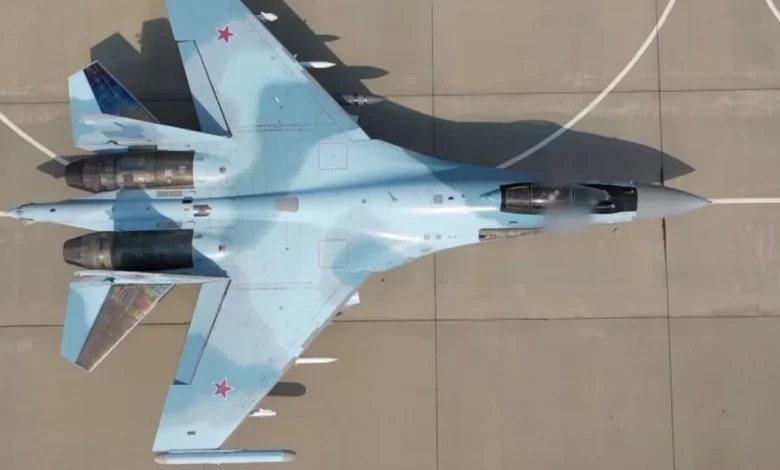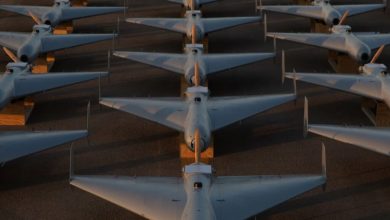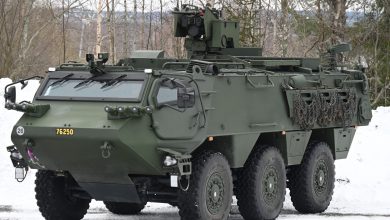Report: Russian jets depend on Western electronics

A comprehensive new report has uncovered how advanced Russian fighter jets used in devastating strikes on Ukrainian civilian targets are built with hundreds of Western-manufactured components.
The 84-page study, published by the International Partnership for Human Rights (IPHR) and the Independent Anti-Corruption Commission (NAKO), provides evidence of war crimes committed using aircraft reliant on imported microelectronics.
The report focuses on the Su-34 and Su-35 fighter jets, which Russian forces have employed extensively since the full-scale invasion of Ukraine in February 2022. These jets, capable of deploying high-precision weapons such as the UMPB D30-SN glide bomb and Grom-1 missiles, were used in dozens of aerial attacks that killed and injured scores of civilians between May 2023 and May 2024.
Investigators analyzed more than 60 cases, geolocating impact sites and identifying the weapons used. Ten of the most egregious attacks, which resulted in 26 civilian deaths and 109 injuries, are detailed in the report. The strikes destroyed at least 71 homes, five schools, five medical facilities, and several energy infrastructure sites.
On May 25, 2024, a Russian Su-34 fighter dropped two UMPB D30-SN bombs on a crowded Epicentr hypermarket in Kharkiv, killing 19 civilians and wounding 54. “I was in the garden for ten minutes when I heard the hum,” a survivor recounted. “The KAB fell 20 meters from our house. When I came back to my senses, the garage was gone, and the windows in the house were blown out. The Russians bombed our house, and the next morning they claimed to have hit a military headquarters. There were no military objects near us.”
The report highlights how components produced in the United States, Germany, Japan, Taiwan, and South Korea have made their way into these Russian jets, despite strict export controls. NAKO identified 1,115 microelectronic components in downed Su-34 and Su-35 aircraft, linking them to 141 global manufacturers including Analog Devices, Texas Instruments, Murata, Maxim, OnSemi, Intel, and Vicor.

“These semiconductors are crucial for power regulation, communications, navigation, and targeting systems,” the report said. “Their presence enables Russia to continue unlawful attacks against Ukrainian civilian infrastructure.”
The investigation reveals complex supply chains through which Russia continues to source these components. Customs data showed Russian importers acquiring critical parts via intermediary countries such as China, Hong Kong, Turkey, the UAE, and several European states. In 2023 alone, over 180,000 shipments of prioritized microelectronics entered Russia, with an approximate total value of $805.6 million.
Some Russian firms openly market their ability to circumvent sanctions. In many cases, investigators believe shell companies in foreign jurisdictions are facilitating these transactions, making it difficult for Western authorities to enforce restrictions.
“Russia’s Su-34 and Su-35 aircraft, with technical capabilities dependent on Western microelectronics, strike Ukrainian civilians and civilian objects almost daily,” the report stated. “This underscores an urgent need for manufacturers and governments to enhance due diligence and supply chain controls to prevent their technology from sustaining Russia’s war machine.”
The report does not accuse manufacturers of knowingly violating export laws but stresses ethical concerns and calls on companies to tighten their oversight of distribution networks. It also urges Western governments to close loopholes in sanctions regimes and to prosecute intermediaries aiding Moscow’s procurement efforts.
In March 2024, the International Criminal Court issued arrest warrants for two Russian generals, accusing them of ordering strikes on civilian infrastructure. Yet, the report notes, these legal actions have failed to deter continued attacks.
“Civil society organizations and researchers, using open-source intelligence alone, have exposed the extent of Western components in Russian weapons systems,” investigators wrote. “It is now up to manufacturers and state stakeholders to act decisively.”
As the war drags into its third year, the findings present a stark challenge to Western policymakers aiming to disrupt Moscow’s military production lines.





